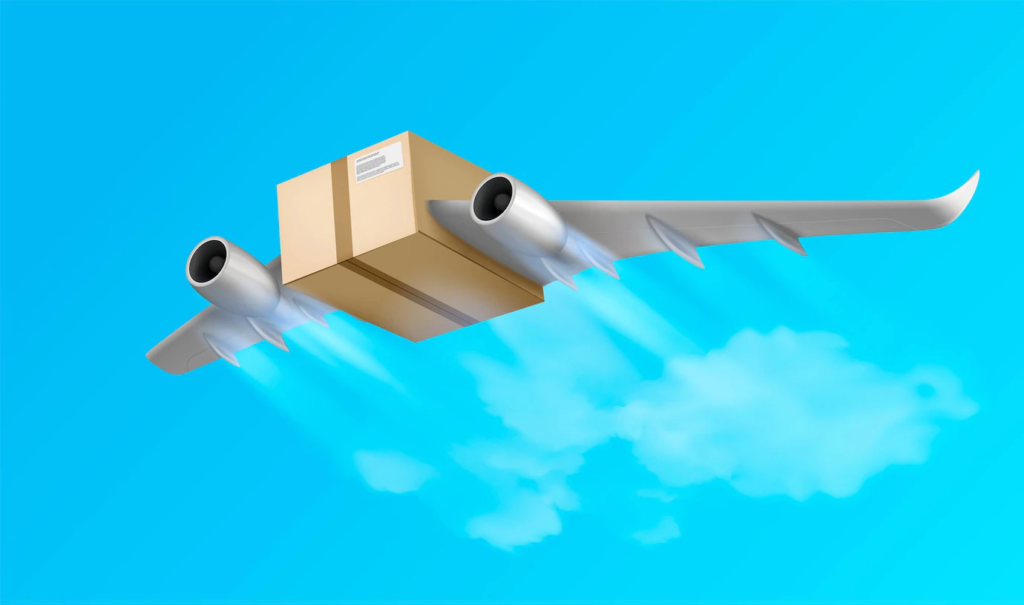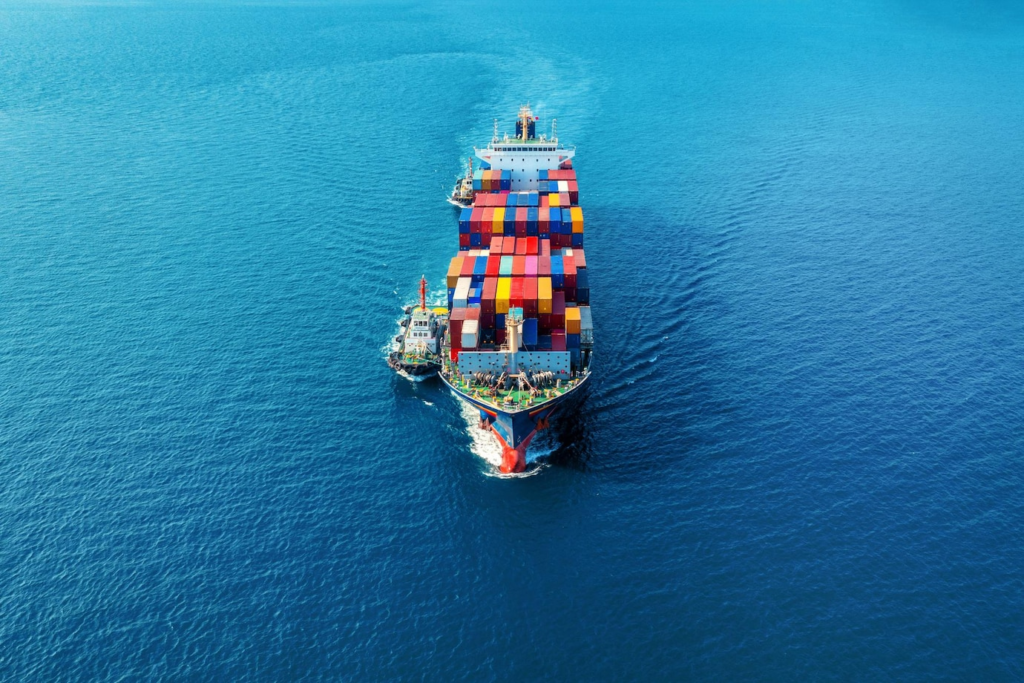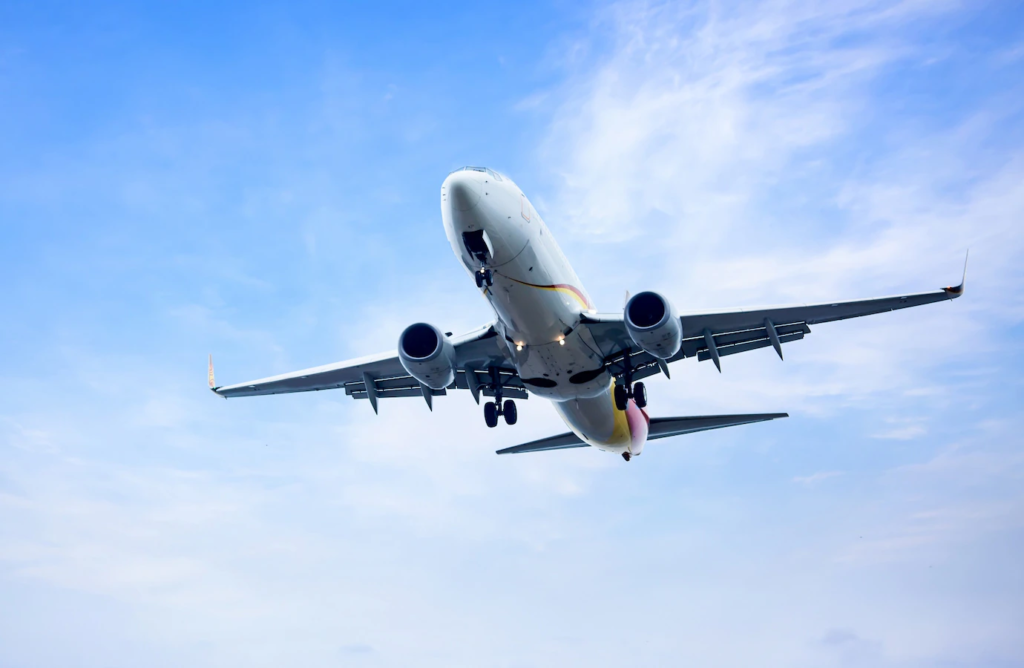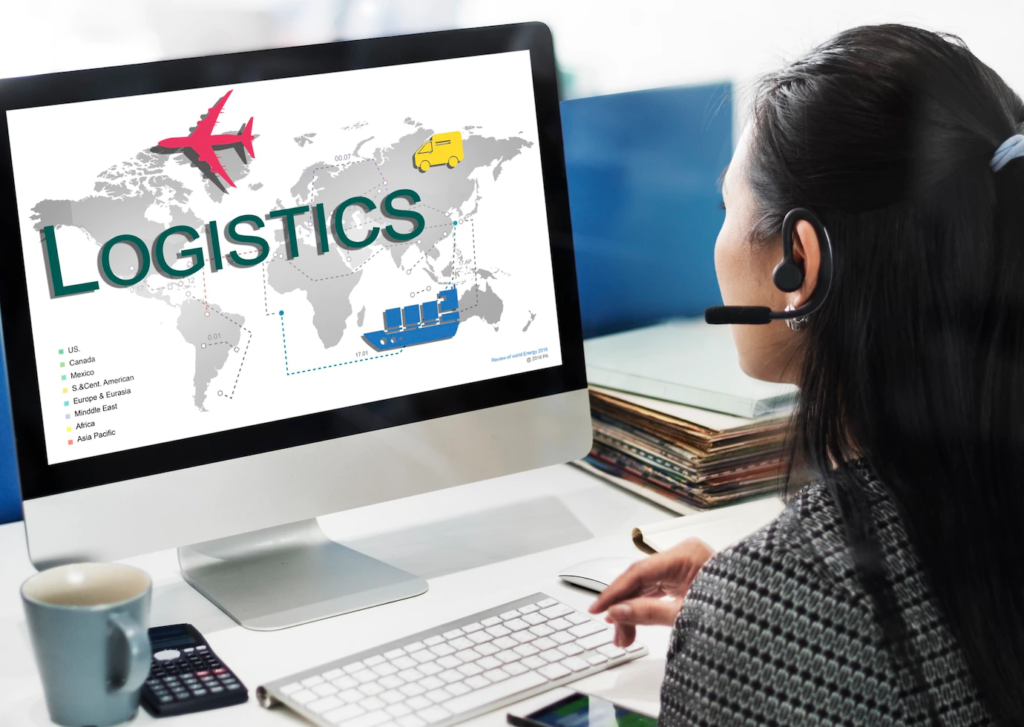If you are looking for a reliable and cost-effective way to ship goods from China to Vietnam, you have come to the right place. In this guide, we will cover everything you need to know about the different modes of transport, the customs clearance process, the duties and taxes, and the best tips to optimize your shipping experience.
Why Ship from China to Vietnam?

China and Vietnam are two of the most dynamic and fast-growing economies in Asia. They share a long border and a history of trade and cooperation. In recent years, their economic and trade relations have improved significantly, thanks to the ASEAN-China Free Trade Area (ACFTA) agreement, which eliminated or reduced tariffs on most goods traded between the two countries.
According to the World Bank, China is Vietnam’s largest trading partner, accounting for 29% of its total imports and 16% of its total exports in 2020. Vietnam is also China’s fifth-largest export market and ninth-largest import market. Some of the main products that Vietnam imports from China include machinery, electrical equipment, textiles, plastics, chemicals, and steel. Some of the main products that Vietnam exports to China include computers, phones, agricultural products, seafood, and furniture.
Shipping from China to Vietnam can offer many benefits for businesses and individuals who want to take advantage of the growing market opportunities, the low labor costs, the high-quality products, and the geographical proximity between the two countries.
How to Ship from China to Vietnam?

There are four main modes of transport that you can choose from when shipping from China to Vietnam: sea freight, air freight, rail freight, and cross-border trucking. Each mode has its own advantages and disadvantages in terms of cost, speed, reliability, and environmental impact. Let’s take a look at each mode in more detail.
Sea Freight

Sea freight is the most common and economical way to ship large volumes of goods from China to Vietnam. Sea freight can handle almost any type of cargo, from general cargo to bulk cargo, from containerized cargo to breakbulk cargo. Sea freight also has a lower carbon footprint than air freight or road freight.
The main ports in China that handle sea freight to Vietnam are Tianjin, Qingdao, Shanghai, Ningbo, and Xiamen. The main ports in Vietnam that receive sea freight from China are Haiphong, Da Nang, Qui Nhon, and Ho Chi Minh City. The transit time for sea freight from China to Vietnam can vary depending on the port of origin and destination, the shipping line, and the route. Generally speaking, it can take anywhere from 3 days to 15 days.
When shipping by sea freight, you have two options: full container load (FCL) or less than container load (LCL). FCL means that you have exclusive use of a shipping container for your cargo. You pay a flat rate for the container regardless of how much space you use. FCL is usually faster and cheaper than LCL if you have enough cargo to fill at least half of a container.
LCL means that you share container space with other shippers who have similar destinations. You pay only for the space that your cargo occupies in the container. LCL is usually slower and more expensive than FCL per cubic meter of cargo. However, LCL can be a good option if you have small or irregular shipments that do not require a full container.
Air Freight

Air freight is the fastest and most reliable way to ship urgent or high-value goods from China to Vietnam. Air freight can deliver your cargo within hours or days, depending on the flight availability and schedule. Air freight also has a lower risk of damage or theft than sea freight or road freight.
The main airports in China that handle air freight to Vietnam are Beijing Capital International Airport (PEK), Shanghai Pudong International Airport (PVG), Guangzhou Baiyun International Airport (CAN), Shenzhen Bao’an International Airport (SZX), and Chengdu Shuangliu International Airport (CTU). The main airports in Vietnam that receive air freight from China are Noi Bai International Airport (HAN) in Hanoi, Tan Son Nhat International Airport (SGN) in Ho Chi Minh City, Da Nang International Airport (DAD) in Da Nang, and Cam Ranh International Airport (CXR) in Nha Trang. The transit time for air freight from China to Vietnam can vary depending on the airport of origin and destination, the airline, and the flight frequency. Generally speaking, it can take anywhere from 1 day to 5 days.
When shipping by air freight, you have two options: express or economy. Express means that your cargo is given priority on the fastest flights available. You pay a premium rate for this service, but you can expect your cargo to arrive within 1-3 days. Economy means that your cargo is booked on cheaper flights that may have longer transit times or more stops. You pay a lower rate for this service, but you may have to wait up to 5 days for your cargo to arrive.
Rail Freight

Rail freight is a relatively new and emerging mode of transport that offers a balance between speed and cost when shipping from China to Vietnam. Rail freight can be faster than sea freight and cheaper than air freight for certain routes and types of cargo. Rail freight also has a lower environmental impact than road freight or air freight.
The main rail route that connects China and Vietnam is the Kunming-Haiphong Railway, which runs for about 855 km across Yunnan Province in China and Lao Cai Province in Vietnam. The railway links Kunming Railway Station in China with Haiphong Railway Station in Vietnam, passing through several intermediate stations such as Hekou, Lao Cai, and Yen Bai. The transit time for rail freight from China to Vietnam can vary depending on the rail station of origin and destination, the train schedule, and the customs clearance process. Generally speaking, it can take anywhere from 2 days to 7 days.
When shipping by rail freight, you have two options: full train load (FTL) or less than train load (LTL). FTL means that you have exclusive use of a train car or a whole train for your cargo. You pay a flat rate for the train car or train regardless of how much space you use. FTL is usually faster and cheaper than LTL if you have enough cargo to fill at least one train car.
LTL means that you share train space with other shippers who have similar destinations. You pay only for the space that your cargo occupies in the train car. LTL is usually slower and more expensive than FTL per cubic meter of cargo. However, LTL can be a good option if you have small or irregular shipments that do not require a full train car.
Cross-Border Trucking

Cross-border trucking is another mode of transport that can be convenient and flexible when shipping from China to Vietnam. Cross-border trucking can handle almost any type of cargo that can fit on a truck, from pallets to parcels to oversized goods. Cross-border trucking also allows you to ship door-to-door without having to transfer your cargo between different modes of transport.
The main border crossings that handle cross-border trucking between China and Vietnam are Hekou-Lao Cai, Pingxiang-Dong Dang, and Mong Cai-Dong Hung. The transit time for cross-border trucking from China to Vietnam can vary depending on the border crossing, the traffic conditions, the customs clearance process, and the distance between origin and destination. Generally speaking, it can take anywhere from 1 day to 5 days.
When shipping by cross-border trucking, you have two options: full truck load (FTL) or less than truck load (LTL). FTL means that you have exclusive use of a truck for your cargo. You pay a flat rate for the truck regardless of how much space you use. FTL is usually faster and cheaper than LTL if you have enough cargo to fill at least half of a truck.
LTL means that you share truck space with other shippers who have similar destinations. You pay only for the space that your cargo occupies in the truck. LTL is usually slower and more expensive than FTL per cubic meter of cargo. However, LTL can be a good option if you have small or irregular shipments that do not require a full truck.
How to Clear Customs When Shipping from China to Vietnam?

Customs clearance is an essential step when shipping from China to Vietnam. Customs clearance involves submitting various documents and paying various duties and taxes to obtain permission to import or export goods across borders.
The customs clearance process can be complex and time-consuming if you are not familiar with it. Therefore, it is advisable to hire a professional customs broker or agent who can help you with all the paperwork and procedures required by both Chinese and Vietnamese customs authorities.
Some of the documents that you may need to provide when clearing customs include:
- Commercial invoice: This document shows the details of your transaction such as seller name, buyer name, product description, quantity, price, terms of delivery etc.
- Packing list: This document shows how your goods are packed such as weight, dimensions, marks etc.
- Bill of lading: This document shows how your goods are shipped by sea freight. It acts as a contract of carriage and a proof of delivery.
- Air waybill: This document shows how your goods are shipped by air freight. It acts as a contract of carriage and a proof of delivery.
- Certificate of origin: This document shows where your goods are manufactured or produced. It may be required to claim preferential tariff treatment under the ACFTA agreement.
- Import license: This document shows that you have obtained permission from the relevant authorities to import certain types of goods that are subject to import restrictions or quotas.
- Product registration: This document shows that you have registered your products with the relevant authorities to comply with the safety and quality standards in Vietnam.
Depending on the nature and value of your goods, you may also need to provide other documents such as insurance certificate, inspection certificate, health certificate, phytosanitary certificate, etc.
The duties and taxes that you may need to pay when clearing customs include:
- Import duty: This is a tax levied on the customs value of your goods. The customs value is usually based on the transaction value or the price paid for the goods plus the cost of freight and insurance. The import duty rates vary depending on the type and origin of your goods. You can use online tools such as SimplyDuty or Emerhub to calculate the import duty for your goods based on their HS code and country of origin.
- Value-added tax (VAT): This is a tax levied on the sum of the customs value and the import duty of your goods. The VAT rates are either 0%, 5%, or 10%, depending on the type of your goods. Certain products, such as goods that cannot be produced in Vietnam, may be exempted from VAT.
- Special consumption tax (SCT): This is a tax levied on certain luxury or harmful goods such as alcohol, tobacco, cars, motorcycles, etc. The SCT rates vary from 10% to 150%, depending on the type and specifications of your goods.
The customs clearance process may differ depending on the mode of transport and the border crossing that you use. Generally speaking, it involves the following steps:
- Submitting an electronic declaration with all the required documents and information to the customs system before or upon arrival of your goods.
- Paying the applicable duties and taxes online or at a designated bank within a specified time limit.
- Presenting your goods and documents for inspection and verification by the customs officers at the port or airport of entry.
- Obtaining a customs clearance certificate that allows you to release your goods from customs control.
To avoid delays and penalties, it is important to ensure that your documents are accurate and complete, that your goods are properly packed and labeled, that your goods comply with the import regulations and standards in Vietnam, and that you follow the instructions and guidance from your customs broker or agent.
How to Optimize Your Shipping Experience from China to Vietnam?

Shipping from China to Vietnam can be a smooth and hassle-free process if you plan ahead and follow some best practices. Here are some tips to help you optimize your shipping experience:
- Choose the most suitable mode of transport for your needs. Consider factors such as cost, speed, reliability, capacity, convenience, and environmental impact when comparing different modes of transport. You can also use a combination of modes to achieve the best results.
- Find a reliable shipping partner who can handle all aspects of your shipping process from China to Vietnam. Look for a shipping company that has experience and expertise in both markets, that offers competitive rates and services, that has a network of agents and partners across borders, and that can provide you with tracking and support throughout your shipment.
- Prepare your documents and information in advance. Make sure you have all the necessary documents and information ready before you ship your goods. Check the requirements and regulations for both countries online or consult with your shipping partner. Use clear and consistent descriptions for your products and avoid any errors or discrepancies that may cause confusion or delays.
- Pack your goods properly. Use appropriate packaging materials and methods to protect your goods from damage or loss during transit. Follow the international standards and guidelines for packing different types of goods. Label your packages clearly with all the relevant information such as sender name, receiver name, address, phone number, product description, quantity, weight, etc.
- Track your shipment online. Use online tools or apps to track your shipment status and location at any time. Stay updated on any changes or issues that may affect your shipment. Communicate with your shipping partner if you have any questions or concerns.
Conclusion
Shipping from China to Vietnam can be a great way to expand your business opportunities, reduce your costs, and access high-quality products. However, it can also involve some challenges and complexities that require careful planning and preparation.
By following this guide, you can learn how to choose the best mode of transport, how to clear customs, how to pay duties and taxes, and how to optimize your shipping experience.
If you need any assistance or advice on shipping from China to Vietnam, please feel free to contact us at DocShipper. We are a professional shipping company that can handle all aspects of your shipping process from China to Vietnam.
We offer competitive rates and services, such as sea freight, air freight, rail freight, cross-border trucking, customs clearance, product registration, warehousing, distribution, and more.
We have experience and expertise in both markets, and we have a network of agents and partners across borders.
We can provide you with tracking and support throughout your shipment.
We are here to help you ship from China to Vietnam with ease and confidence


